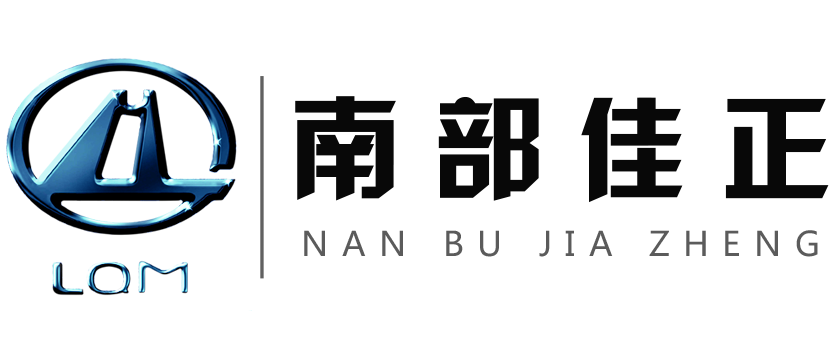1. Bellows are blocked. Plugging pipe refers to the phenomenon that the corrugated pipe becomes blocked after concrete casting, which will result in the failure of the later prestressed steel strand to pass through the beam or the difference between the actual elongation value of the steel strand and the calculated value of the design when the prestressed steel strand is stretched, which will bring unnecessary trouble to the construction. Cause analysis: first of all, the construction units in construction process is not strictly in accordance with the construction of corrugated pipe installation, a corrugated pipe bending distortion caused by positioning inaccurate, casing loose connection, or during the construction of concrete pouring, vibrating personnel when ofnon-vibrating concrete operation error, causing bellows partial rupture, led directly to the concrete slurry leakage cause of blocking pipe in the bellows. Secondly, the quality defects of the corrugated pipe cause leakage plug.
2. Problems in the end stretching process of prestressed ultra-long beam. In China, casting large span (3 ~ 5 span, each span of 30 ~ 50m) prestressed continuous box girder bottom slab prestressed beams generally adopt the process of end tension. For example, a box girder bridge has 5 spans, the first span is 66m, the second span is 88m, and the third span is 150m. For example, it takes 0.3 ~ 0.4ak tension to straighten a bundle of steel strand using the process of one end tensioning, and such a long hole has to span the transverse partition plate of a box girder, and the friction resistance of the hole should be determined through tests. According to relevant regulations at home and abroad, for prestressed Bridges with span of more than 30m, both sides of the bridge are required to adopt the symmetrical stretching process at both ends, so as to guarantee the establishment of the bending moment required for effective prestressed Bridges and Bridges under the action of constant and live loads. Otherwise, the mid-span bearing capacity will be insufficient, resulting in normal section cracks.
3. Tension control of post-tensioned prestressed structures. The prestressed construction is not standard, especially the loose tension control has great influence on the quality of prestressed bridge. Generally, the measurement of tension tension is based on the 1.5 level oil pressure, with large error. Some jacks are even stretched without measurement calibration, and most of the tension staff are not trained professionally. If they do not pay attention to their work, they are often prone to large error and even misread the table, resulting in tension tension rising and falling. Especially in the case of multiple beam tendons, the elongation value of prestressed tendons is often not calculated accurately due to the different tensile forces of each beam, and the values of elastic modulus are chaotic. It is difficult to control the elongation in the range of + / - 6% according to the specification during the actual tensile force, resulting in the tension loss of control.
4. Cracks appear in prestressed structures before tension. Cracks in reinforced concrete structures cannot be avoided under the action of applied load. Limited cracks are also allowed in partial prestressed b-type components, while those in the precast site should be avoided as much as possible. The cracks of beam-plate members are mostly parallel to the short side, and the deep and penetrating cracks are generally parallel to the short side direction.
5. Problem of blockage of prestressed steel bar channels. This phenomenon mainly occurs in the post-tensioning components, when the reserved hole collapse or blockage makes the prestressed reinforcement unable to pass through smoothly and cannot guarantee the quality of the perfusion project, thus affecting the tensile effect. The main reason is that the core is pulled out too early, cement concrete has not solidified, does not have certain strength, or the core is pulled out too late, the rubber draw-off pipe may be pulled out.
Information
Location: Home > Information > Problems
At present, there are some problems in the prestressed construction technology of road and bridge engineering
Problems | 2018-10-19
© 2018 jia is in southern guangxi liuzhou ICP for 18009718-1 Powered By south liuzhou is prestressed machinery co., LTD
